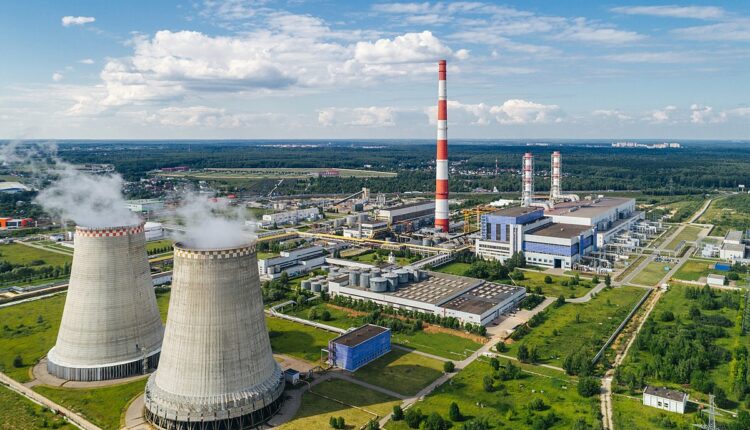The Union Minister for Power and New & Renewable Energy has informed that the Ministry of Environment, Forest and Climate Change (MoEF&CC) vide Notification dated 07.12.2015, further amended on 28.06.2018, has notified the water consumption norms for Thermal Power Plants. Subsequently, the timelines to comply the same have been revised vide MoEF&CC Notification on 05.09.2022.
To comply with the norms, following measures have been adopted by Thermal Power Plants to reduce the water consumption:
- Adoption of Air Cooled Condenser (ACC) technology – ACC is being implemented in NTPC at two number of projects e., North Karanpura STPP (3×660 MW) and Patratu STPP (3×800 MW). Out of which, the 1st unit of North Karanpura has been commissioned on 18.01.2023.
- Mandatory use of treated sewage water for thermal power plants located within 50 km radius of Sewage Treatment Plants (STP)– Government of India has notified new Tariff Policy on 28.01.2016, wherein it is mandated that the thermal power plant(s) including the existing plants located within 50 km radius of STP of Municipality / local bodies / similar organization shall, in the order of their closeness to STP, mandatorily use treated sewage water produced by these bodies. As on date, 8 Nos. of coal, lignite and gas based thermal power plants in the country are using STP water in their plants.
- Dry fly ash handling system and High Concentration Slurry Disposal System (HCSD) – These ash handling techniques reduce the ash handling water requirement thereby reducing the plant water consumption.
- Ash Water Re-circulation System (AWRS) are implemented where water from ash pond is recovered and reused in the system.
- Zero water discharge system – The waste water generated in the plant is used for low grade applications like ash handling, coal dust suppression and gardening etc. The balance waste water is appropriately treated and recycled back in to the consumptive water system to reduce net water consumption of the plant.



